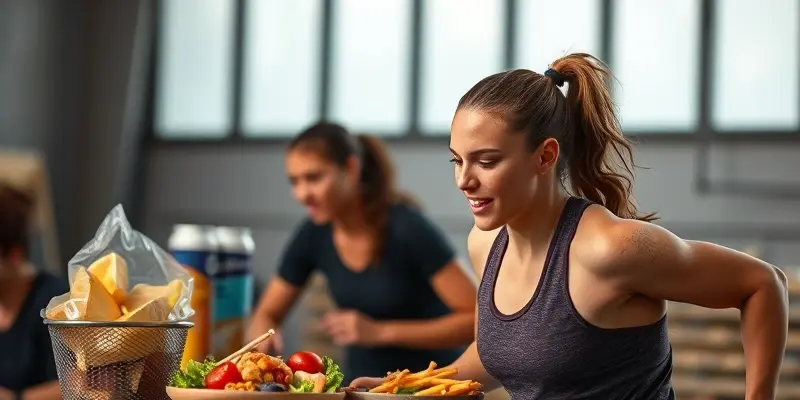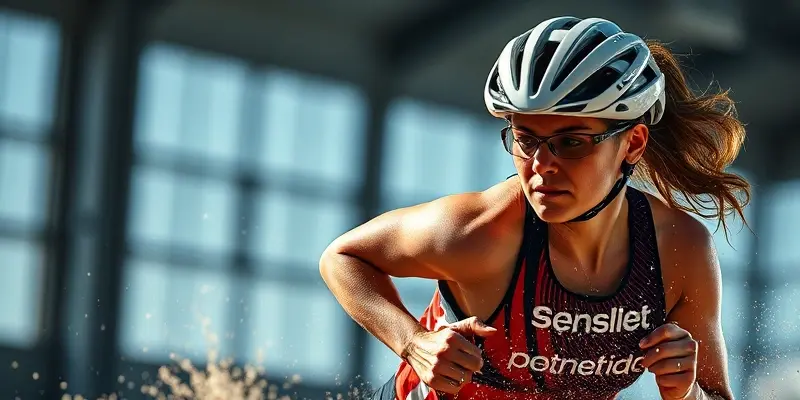As a fitness enthusiast, you understand the crucial role nutrition plays in recovery and injury prevention. For athletes of all levels, from beginners to professionals, incorporating Paleo training meals into your diet can significantly enhance your performance and overall well-being. Let’s delve into the key components of Paleo training meals and how they can help you optimize recovery and prevent injuries.
Key Components of Paleo Training Meals
Protein Sources
Protein is essential for muscle repair and recovery. Include high-quality proteins like grass-fed meats, wild-caught fish, and pastured eggs in your meals to support your athletic endeavors protein sources .
Complex Carbohydrates
Fuel your workouts with nutrient-dense sources of complex carbohydrates such as fruits, vegetables, sweet potatoes, and yams. These carbs provide sustained energy for your training sessions complex carbohydrates.
Healthy Fats
Incorporate healthy fats like olive oil and avocado into your diet. These fats contain essential fatty acids that help reduce inflammation and support overall health, crucial for athletes aiming to perform at their best healthy fats.
Sample Paleo Meal Plan for Athletes
Day 1: Endurance Athlete
- Pre-Training Snack: 2 oz chicken or 2 scrambled eggs with honeydew melon or blueberries.
- Post-Training Breakfast: Salmon scramble with melon and blueberries or grilled salmon with sweet potato hash browns.
- Lunch: Grass-fed ground beef marinara over baked spaghetti squash.
- Dinner: Baked halibut with artichoke, garlic-pistachio pesto.
Day 2: Power Athlete
- Breakfast: 4-6 egg omelet with avocado and blueberries.
- Pre-Workout Snack: Grilled chicken with almonds or macadamias.
- Post-Workout Meal: Grilled salmon with asparagus, mushroom, bamboo shoot, coconut milk curry.
- Dinner: Grilled grass-fed ribeye with grilled shrimp, mixed salad with ginger sesame dressing.
Nutrition Strategies for Injury Prevention and Recovery
- Hydration: Stay well-hydrated to prevent muscle cramps and maintain peak performance.
- Electrolytes: Consume foods rich in electrolytes like bananas and avocados to support electrolyte balance.
- Omega-3 Fatty Acids: Incorporate foods high in omega-3s such as salmon and sardines to reduce inflammation and promote recovery.
Psychological Aspects and Motivation
Maintain motivation during rehabilitation by setting realistic goals, engaging in cross-training activities, and utilizing mental preparation techniques like visualization and positive self-talk psychological aspects and motivation.
Tools and Gadgets for Muscle Repair
Enhance muscle recovery and prevent injuries with tools like foam rollers, massage guns, and compression sleeves. These aids can alleviate muscle soreness and improve overall athletic performance tools and gadgets for muscle repair.
By integrating these nutrition strategies and tools into your training routine, you can optimize your athletic performance, speed up recovery, and stay injury-free. Remember, your nutrition is as vital as your training regimen to achieve your fitness goals.
In this blog post, you have learned how to incorporate Paleo training meals into your diet to support your athletic endeavors effectively. By focusing on nutrient-rich foods and utilizing the right tools for muscle repair and recovery, you are on the path to peak performance and overall well-being.

